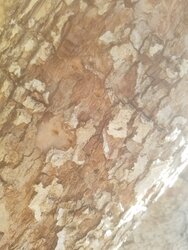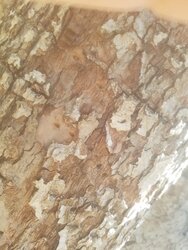Ashful
Minister of Fire
I'm not saying the same amount of people still burn 30 cords per year in an open fireplac. Of all the people living in this county today the same amount of wood is being burned in high polluting wood burning appliances (non EPA stuff) as was burned in open fireplaces across the US in 1800. It might seem like EPA Wood burning appliances are the majority in this country, but the legacy of the 70's energy crisis lives on. I see countless houses in my county burning smoke dragons of all shapes and sizes. Most don't even split the firewood until it's time to put it in the stove. You guys are functioning under the assumption that all of today's wood burners are being responsible. No sector of this planet has responsible human beings on it.
We are in agreement on that!
Hey, what do you guys think of this Walnut? It leafs out a few weeks later than its immediate neighbors. Never noticed, until I build a chicken coop at its base.
It’s a fairly big double trunk job, real confined space between coop and other trees, would be a real technical take-down, if it comes to that.
It has something bugging it:




